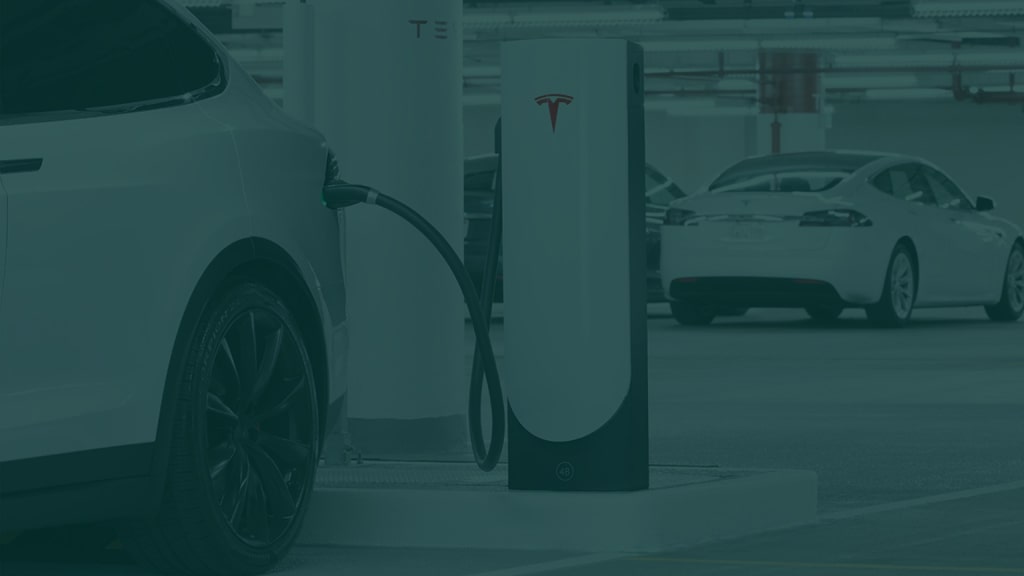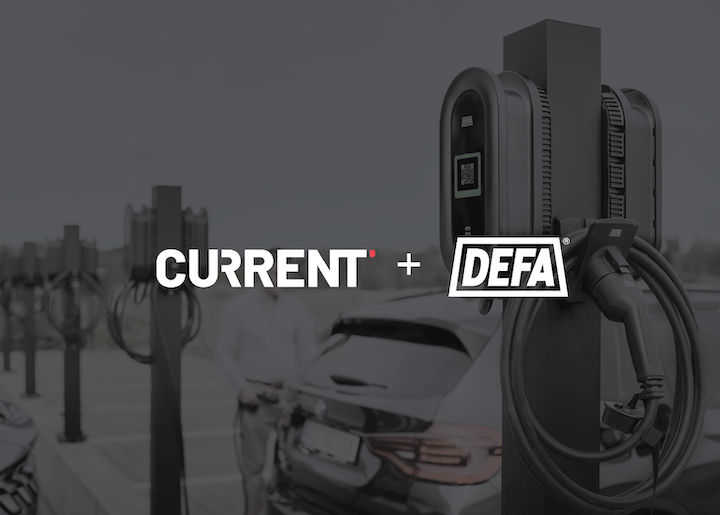
For years, the electric vehicle (EV) revolution has been in full swing, offering a greener and more sustainable mode of transportation. Yet, as with any transformative technology, it's not without its challenges. One of the more prominent hurdles faced by EV drivers has been the charging experience. From the complexities of authenticating a charging session to uncertainties around hardware compatibility, the seemingly simple act of recharging an EV can sometimes be fraught with inconvenience. Then there's the matter of charging speed and power management, which, if not optimally handled, can lead to longer waiting times and potential grid overloads.
The Autocharge solution has been designed in response to these issues. In this article, we'll uncover the unique attributes of Autocharge and how it aims to redefine the way EVs are powered up.
Autocharge: Transforming the Landscape of EV Charging
In the dynamic realm of EV charging, marked by continuous advancements in charge point management systems, there's a discernible trend towards more efficient charging solutions. Autocharge emerges as a game-changer in this context, introducing an unmatched blend of user-centric design and operational efficiency. This system, with its forward-thinking architecture, is poised to set new standards and lead the next wave of innovations in the EV charging domain.
How is Autocharge providing a seamless charging experience for EV drivers
The rise of electric vehicles has paved the way for innovations in charging infrastructure, with Autocharge emerging as a standout solution, directly addressing the pain points often associated with EV charging. Here's how:
- Instant Authorization: With traditional systems, drivers often grapple with authentication processes, be it through RFID cards, mobile apps, or manual inputs. Autocharge eradicates these steps, instantly recognizing the EV once plugged in, streamlining the start of the charging session.
- Universal Compatibility: A common concern for EV drivers is the uncertainty of finding a compatible charging station. Autocharge's infrastructure-focused design aims to accommodate a broad range of EV models, alleviating compatibility worries.
- Efficient Power Management: Autocharge doesn't just simplify the initiation process; it also optimizes the charging phase. By effectively communicating with the EV and the grid, it can dynamically adjust the power flow, ensuring optimal charging speeds without overburdening the grid.
In a landscape where user experience can significantly influence EV adoption rates, Autocharge's intuitive and efficient approach positions it as a cornerstone of the future EV charging ecosystem.
Distinguishing Autocharge and Plug & Charge
Autocharge and Plug & Charge are pivotal in the evolution of electric vehicle (EV) charging protocols, but they differ significantly in approach and execution. To delineate their differences:
-
Foundation:
- Autocharge: Infrastructure-led solution.
- Plug & Charge: Vehicle-centric approach.
-
Recognition & Authorization:
- Autocharge: Uses charging infrastructure to automatically recognize an EV through its unique identifier, eliminating traditional authorization.
- Plug & Charge: Relies on digital certificates for both the vehicle and the infrastructure. Upon plugging in, the charger verifies the vehicle's certificate, initializing the charging session.
-
Security & Payment:
- Autocharge: Focuses on broad compatibility, leveraging infrastructure innovations.
- Plug & Charge: Offers enhanced security through its digital certificate verification and can support direct in-vehicle payment methods.
-
Compatibility:
- Autocharge: Aims for wider compatibility across multiple charger brands and models.
- Plug & Charge: May be limited to specific brands or charger models due to its vehicle-centric nature.
In essence, both protocols target minimizing user intervention and optimizing the EV charging experience. However, their distinct operational mechanics and foundational philosophies define their unique approaches to this shared objective.
Which EV Chargers are Compatible with Autocharge
Understanding the vast landscape of EV chargers is crucial when considering Autocharge compatibility. As the technology strives to establish a universal standard for seamless EV charging, the focus has been on ensuring a wide spectrum of chargers align with Autocharge's protocol. Chargers that adhere to the latest Open Charge Point Protocol (OCPP) versions, especially 1.6 and 2.0.1, are generally well-positioned to integrate with Autocharge.
Moreover, those that are designed with advanced communication interfaces and can swiftly adapt to software updates tend to be more Autocharge-friendly. Brands that have consistently demonstrated compatibility include but are not limited to, ABB, DEFA, Siemens, and Schneider Electric.
However, it's essential to frequently review the evolving compatibility list as more manufacturers collaborate with the Autocharge initiative. As the drive to standardize and improve the charging experience continues, the hope is to see an even broader range of chargers becoming compatible, ensuring users have unparalleled access and ease across.
CURRENT's Endeavor: Pioneering Autocharge Integration
CURRENT is more than a passive observer; it actively molds the future trajectory of EV charging. As Autocharge gets integrated, a systematic approach is adopted. Users are recommended to upgrade to the latest iteration of CURRENT's platform, guaranteeing access to the newest features. Comprehensive guidance is provided to ensure infrastructure readiness for Autocharge's functionalities. The activation sequence is designed to be user-friendly, showcasing a commitment to optimal user experience.
If you wish to activate Autocharge for your EV infrastructure, contact us!



